Tracey Emin: A Fortnight of Tears at White Cube Bermondsey
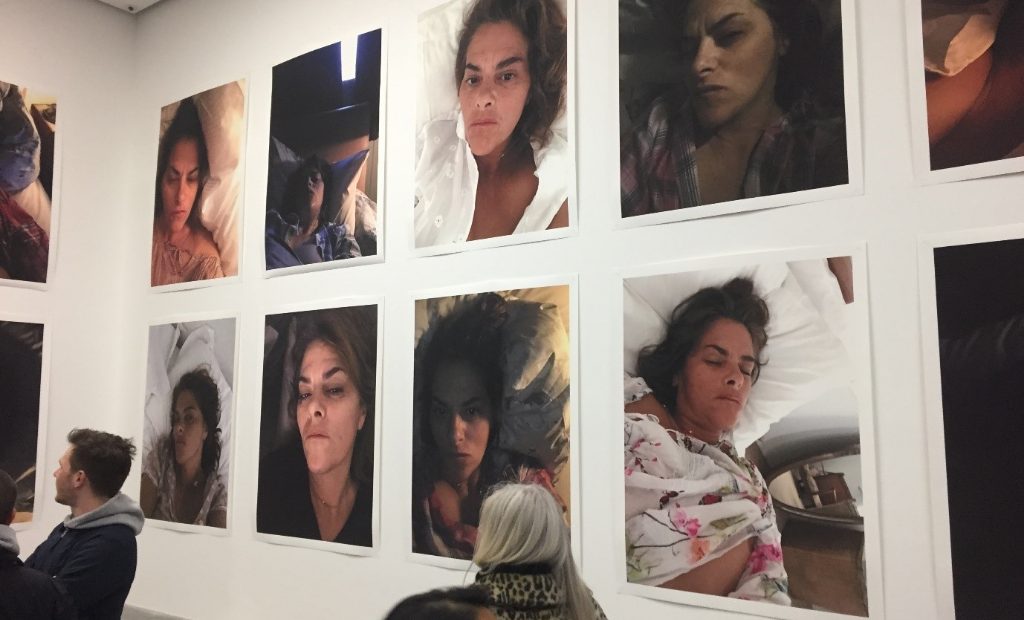
It is surprisingly five years since the former enfant horrible of the Young British Artist generation, Tracey Emin, had her last exhibition in the UK. Her substantial new White Cube Bermondsey show reveals Margate’s favourite to be increasingly reflecting upon her advancing years (although 55, she claims to have entered her mature period). Emin’s mother, Pam, with whom she was very close, died in 2016 and her grief still impacts upon her art. The artist has called this show A Fortnight of Tears and it includes a film featuring the box containing her mother’s ashes on a table at her East London home.
Tracey Emin has always drawn on the raw materials her own life provides. Arguably her most recognised piece of work, My Bed of 1999, saw her capturing the full horrors of a breakdown experienced while in a hotel bedroom. Love, loss, anger and pain are all to the fore in this new body of work.
In the opening room of this exhibition the viewer is confronted by 50 6ft high mobile phone selfies taken by Emin as she struggles with her “soul-destroying” insomnia. The unsettling and intimate images bear witness to her tormented expressions. The artist insists that she has been taking photographs of herself long before such images became known as “selfies”.
The monumental bronze sculpture entitled The Mother (2017) installed in the White Cube’s 9 x 9 x 9 gallery would seem to celebrate motherhood. Emin kneels down, face gazing tenderly on an apparently absent form held protectively in her hands. The work might be seen as an act of commemoration for the artist’s late mother or equally as a universal symbol of maternity. Elsewhere in this exhibition two other large female figurative sculptures display either vulnerability or overt sexuality.
There are reoccurring themes here of motherhood and the female form in her sculpture, drawings and paintings. Most of the paintings are nude self-portraits, Emin employing a palette of pinks and vermillion reds. Many possess a gestural physicality, such as But You Never Wanted Me (2018). Some have layered drips reminiscent of Cy Twombly. Others are delicate, virtually disappearing into the canvas. There are allusions to abortion, and to the way present grief reopens past trauma. One gets a sense that the loss of the artist’s mother reawakened memories of a lost child.
Emin continues to use image and words in tandem. Both her drawings and canvases feature her distinctive handwritten messages. The words that appear in her neon light sculpture, I Longed for You (2019), carry genuine potency. At the finale of the show is a pivotal early film, How it Feels (1996), in which the artist discusses the horrific ordeal of her botched abortion from six years before and reveals her resolve for her art to be deeply rooted in her experiences.
This impressive exhibition testifies to the fact that Emin’s art is still intrinsically bound up with her life. One thing remains undeniable, wherever one sits on Tracey Emin’s work, it’s impact cannot be ignored.
James White
Photos: James White
Tracey Emin: A Fortnight of Tears is at White Cube Bermondsey from 6th February until 7th April 2019. For further information visit the exhibition’s website here.

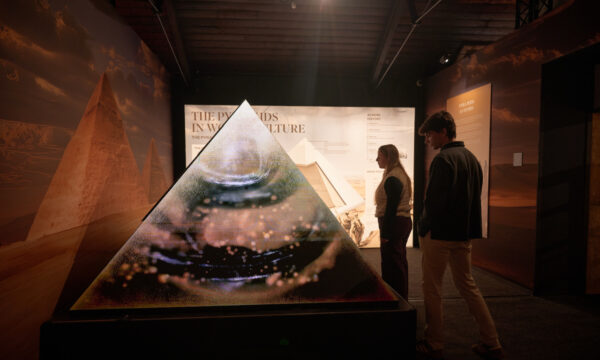
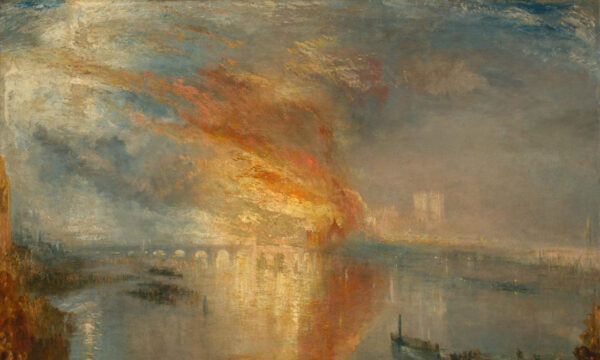
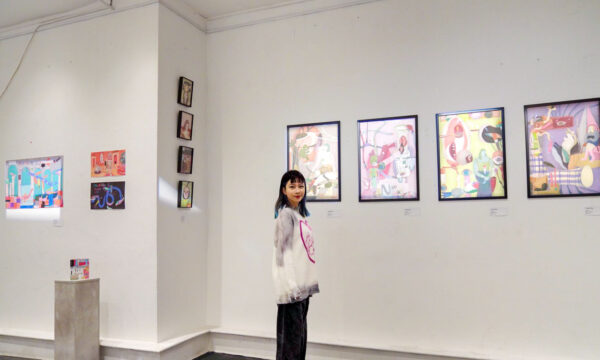
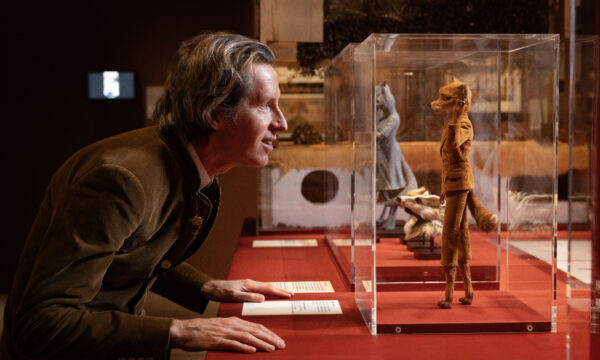
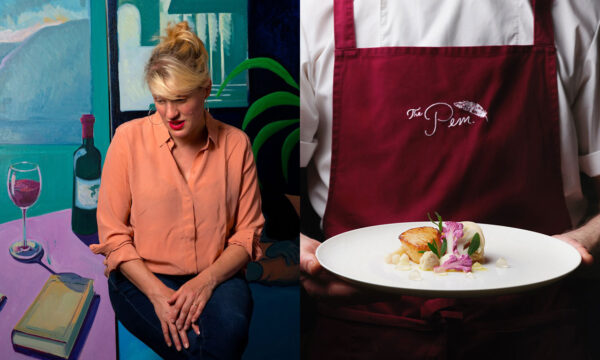
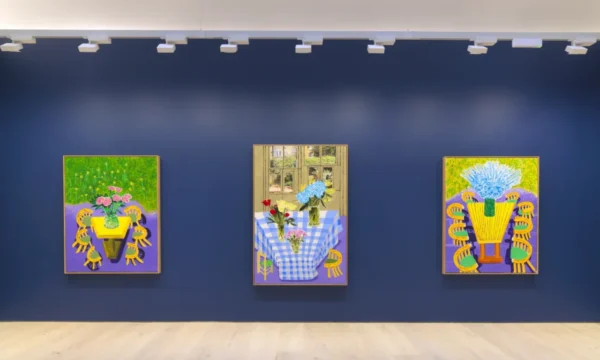
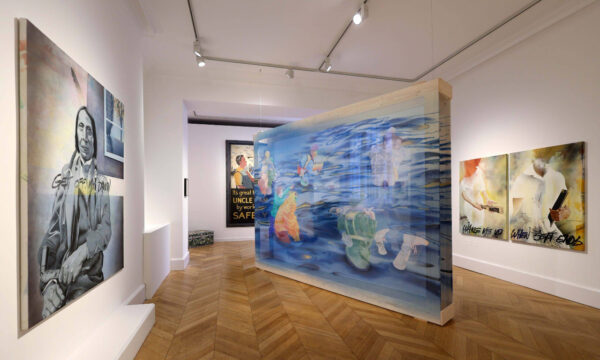
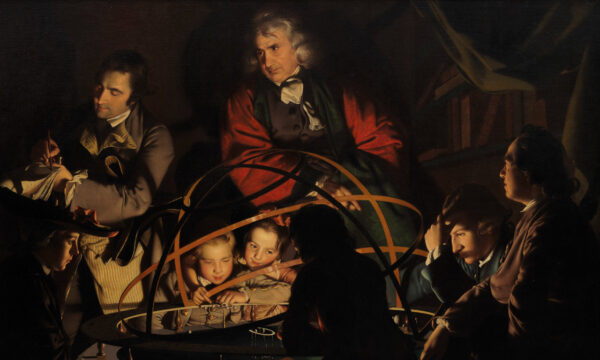
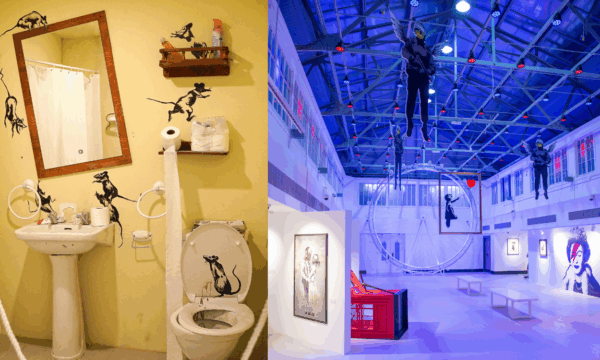

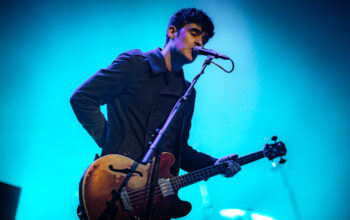
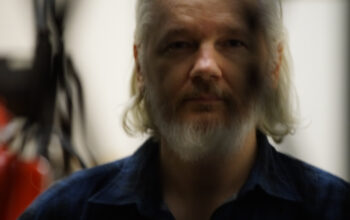
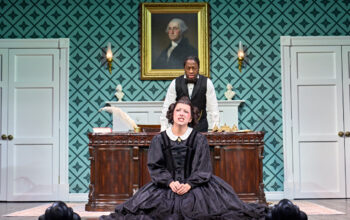
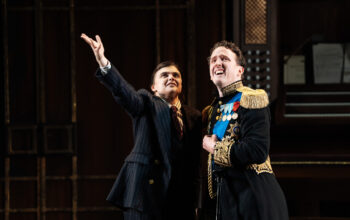
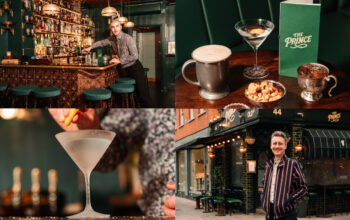

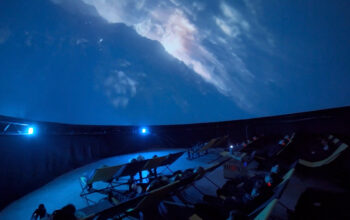







Facebook
Twitter
Instagram
YouTube
RSS